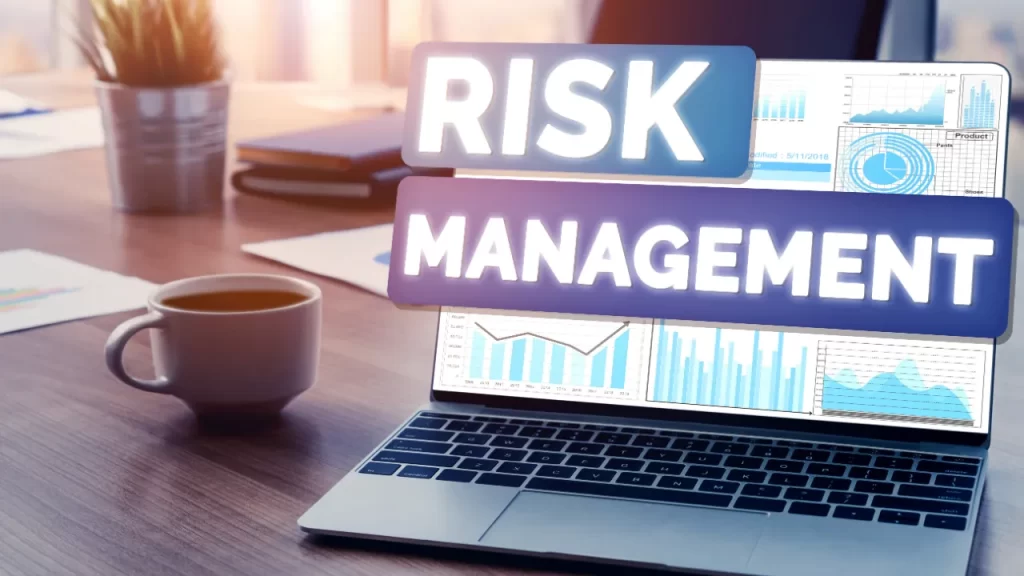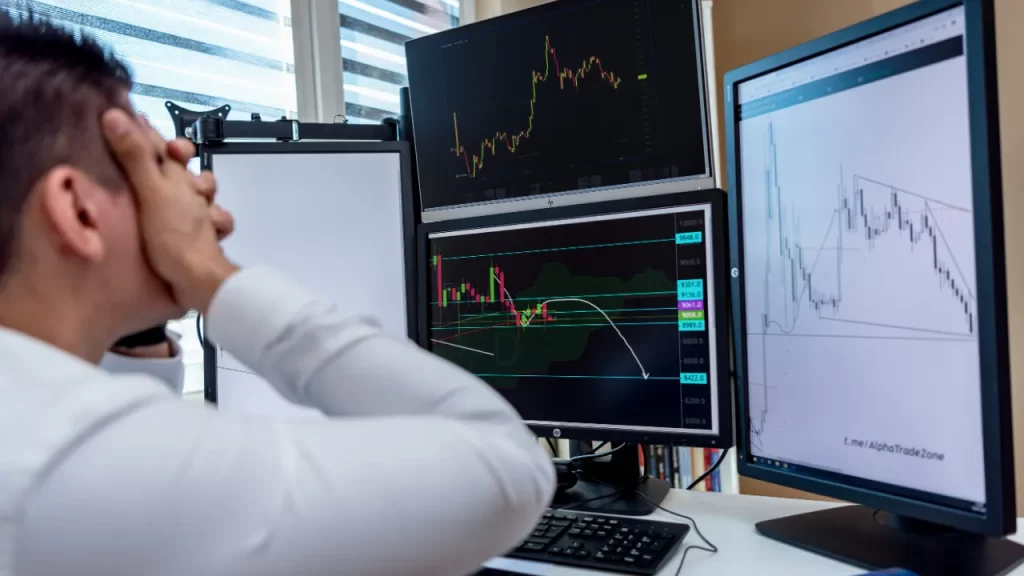CFD trading offers traders the opportunity to profit from both rising and falling markets.
However, the high leverage involved also increases the potential for significant losses. Risk management is crucial to protecting capital and ensuring long-term success in CFD trading.
In this guide, we will cover the most effective risk management strategies to help you trade CFDs more safely and confidently.

Understanding Risk in CFD Trading
Before applying risk management strategies, it is important to understand the types of risks associated with CFD trading:
1. Market Risk
- The risk of losing money due to unfavorable price movements.
- Prices can be volatile, leading to unexpected gains or losses.
2. Leverage Risk
- CFDs are leveraged products, meaning traders can control large positions with a small deposit.
- High leverage magnifies both profits and losses.
3. Liquidity Risk
- Some assets may have low liquidity, making it difficult to enter or exit trades at desired prices.
- Slippage can occur, leading to unexpected losses.
4. Broker Risk
- Choosing an unreliable broker can expose traders to poor execution, excessive fees, or fraud.
- Always select a regulated and reputable CFD broker.

Top Risk Management Strategies for CFD Trading
1. Use Stop-Loss Orders to Limit Losses
A stop-loss order automatically closes a trade at a predetermined price to limit losses.
How to Set an Effective Stop-Loss:
- Percentage-Based Stop-Loss: Limit losses to a fixed percentage (e.g., 1-2% of trading capital per trade).
- Volatility-Based Stop-Loss: Use indicators like Average True Range (ATR) to set stop-loss levels based on market volatility.
- Technical Stop-Loss: Place stop-loss orders below key support levels or above key resistance levels.
2. Take-Profit Orders to Lock in Gains
A take-profit order automatically closes a trade when the price reaches a profit target.
Best Practices for Take-Profit Orders:
- Set take-profit orders at realistic profit targets based on market conditions.
- Use a risk-reward ratio of at least 1:2 (risking 1 unit to gain 2).
- Adjust take-profit orders based on trailing stop-losses to maximize profits.
3. Manage Position Sizing and Leverage
- Never risk more than 1-2% of total trading capital on a single trade.
- Adjust position sizes based on market conditions and risk tolerance.
- Be cautious when using leverage—high leverage can quickly wipe out an account.
4. Diversify Your Trades
- Avoid putting all capital into a single asset.
- Trade across different asset classes (indices, commodities, forex, etc.) to spread risk.
- Use uncorrelated assets to reduce exposure to market volatility.
5. Monitor Margin Levels to Avoid Margin Calls
CFD trading requires a margin deposit to open and maintain positions. If the market moves against you, you may receive a margin call, requiring additional funds to keep the trade open.
How to Avoid Margin Calls:
- Keep adequate funds in your account to cover margin requirements.
- Use low leverage to reduce the risk of forced liquidations.
- Close losing trades before margin levels become critical.
6. Stay Updated with Market News and Events
Economic events, news, and reports can impact CFD markets. Unexpected events may cause rapid price movements and increased volatility.
How to Stay Informed:
- Follow economic calendars for major announcements.
- Stay updated on central bank decisions, inflation reports, and interest rate changes.
- Monitor geopolitical events and global economic conditions.
7. Use Risk-Reward Ratios to Improve Profitability
The risk-reward ratio helps traders determine if a trade is worth taking.
How to Apply a Risk-Reward Ratio:
- Aim for a minimum 1:2 risk-reward ratio (risking $100 to make $200).
- Higher risk-reward ratios (e.g., 1:3 or 1:4) improve long-term profitability.
- Always evaluate potential rewards relative to the risks involved.
8. Control Emotional Trading
Fear and greed are common emotional triggers that lead to poor decision-making.
Ways to Control Emotions in CFD Trading:
- Stick to a trading plan and avoid impulsive decisions.
- Use automated stop-loss and take-profit orders to manage trades.
- Accept losses as part of trading and focus on long-term consistency.

Common Mistakes That Increase Trading Risks
1. Overleveraging
- Using excessive leverage increases the risk of rapid account depletion.
- Always choose a leverage level that matches your risk tolerance.
2. Ignoring Stop-Loss Orders
- Trading without a stop-loss can lead to huge losses.
- Always set stop-loss orders before entering a trade.
3. Chasing the Market
- Entering trades too late in a trend increases the risk of pullbacks or reversals.
- Wait for proper trade setups before entering positions.
4. Trading Without a Clear Strategy
- Random trading based on gut feelings leads to inconsistent results.
- Always follow a structured trading plan with defined entry and exit rules.
Final Thoughts
Risk management is essential for long-term success in CFD trading. Without proper risk strategies, traders can face significant losses that may wipe out their trading accounts.






